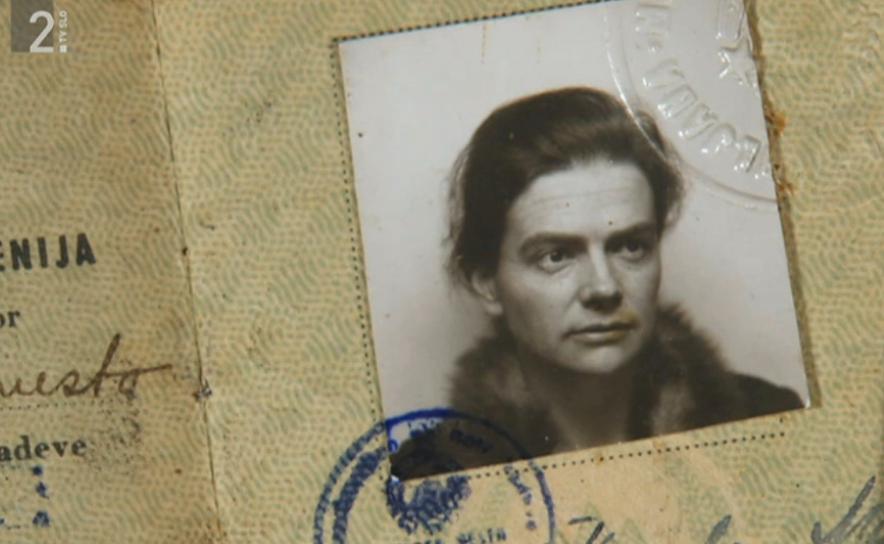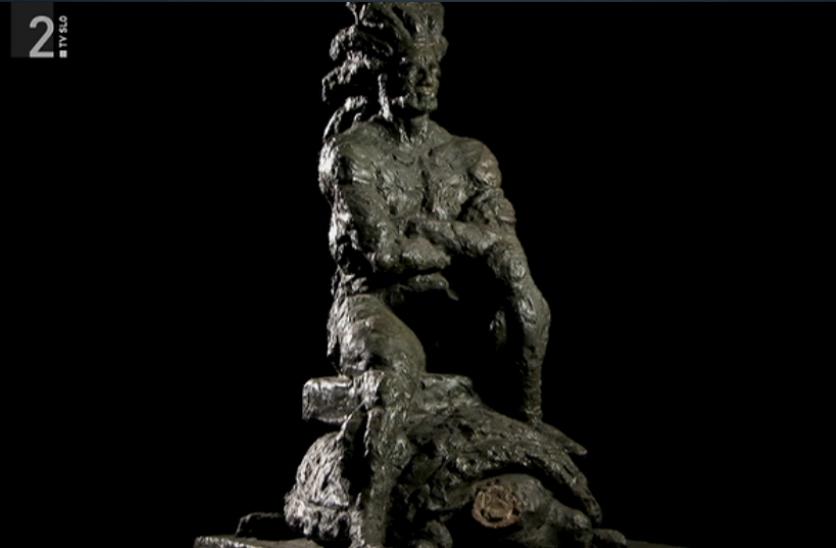

Karla Bulovec Mrak was an artist who was determined to go her own way. Unfortunately, Slovenia has not always been kind to people who challenged the status quo, and Bulovec Mrak was never fully appreciated during her lifetime. Many art connoisseurs are just now discovering her oeuvre of unconventional sculptures and drawings.
Bulovec Mrak was born in 1895 to a Greek mother and Slovenian father in the resort town of Bled. As a young woman, she briefly taught art to children, but she soon decided to attend art school. She was turned down in Vienna but was eventually accepted to the Academy of Fine Arts in Prague. There, her professors quickly discovered how unconventional she was. They even urged her to work alone, so she would not influence other with her daring style.
After her return to Slovenia, she became increasingly prominent in art circles with her sculptures – strongly expressionist, defined by harsh features and an intentionally rough finish. The subjects of her work ranged from poets and writers to the Native American chief Tecumseh. Her sculptures and drawings were featured in several exhibitions and attracted the attention of fellow artists, but her work was frequently derided by the conservative Slovenian public. Even the fact that she was a woman was vaguely provocative; she was the first female sculptor in Slovenian history.
In 1930, she married Ivan Mrak, an Avant Garde playwright widely known to be gay. The couple settled in an inn owned by the Mrak family in the center of Ljubljana. Because they were chronically short of money, Karla Bulovec Mrak was unable to afford stone for her sculptures, and had to use clay instead – that’s why relatively few of her works have survived to this day.
Worse was to come after World War II broke out. Under Italian occupation, she earned some income by making religious drawings for the collaborationist Bishop Gregorij Rožman of Ljubljana. Bulovec Mrak’s true sympathies were with the Resistance, however, and she even managed to persuade the Bishop to spare the lives of several Partisans.
After the war, Bulovec Mrak refused to denounce Bishop Rožman, and was ostracized by the newly installed Communist authorities. She continued to live in humble conditions, and in despair, she turned increasingly to drawing dead cats. She died of tuberculosis in 1957. Karla Bulovec Mrak was just 51 years old.
In recent years, the Slovenian public is beginning to rediscover an inventive artist who was unafraid to blaze her own trail, regardless of the consequences – and left a remarkable legacy in the process.

































































